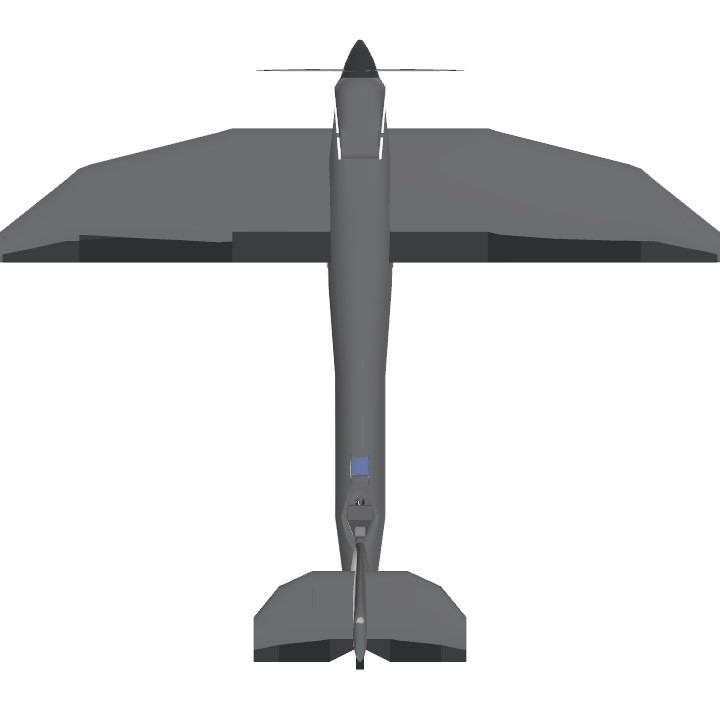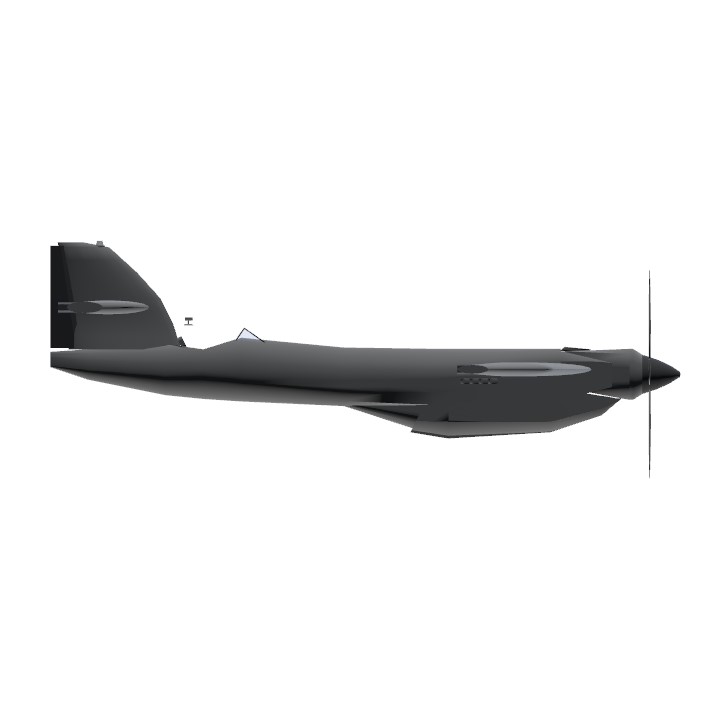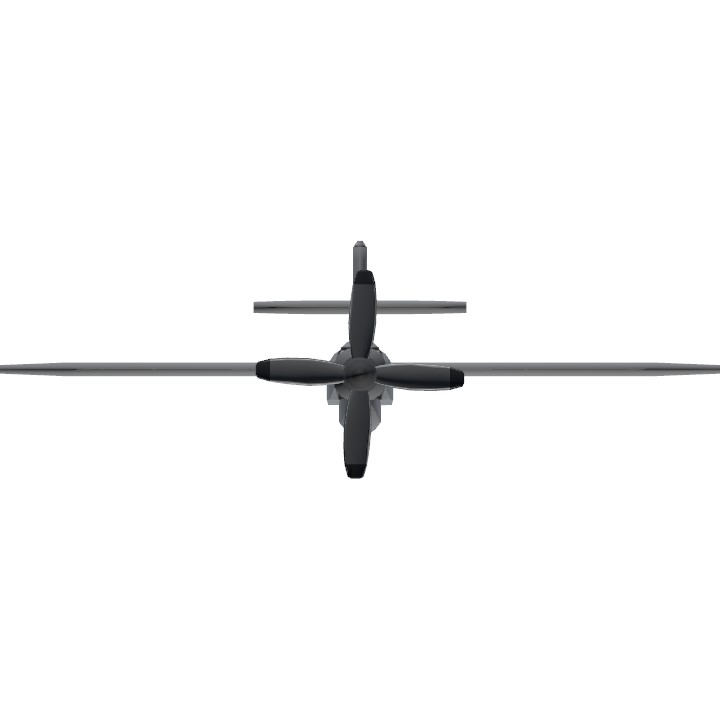The Pegna-Grimaldi Cigne is a fictional contender for the 1931 Schneider Race created for Dragoranos' 1931 Schneider Cup Challenge https://www.simpleplanes.com/a/S44b46/1931-Schneider-Cup-Challenge
Operation
AG1 = Engine master; AG2 = Strobe; VTOL = Engine tilt
Proper takeoffs are difficult. The engine tilt will cause the aircraft to liftoff slightly slower than flying speed.
Follow these instructions:
- Engine tilt full (VTOL)
- Throttle to approximately 50% (AG1, 50% throttle)
- Apply nose down stick
- At approx. 100 mph, let the nose rise, and quickly:
- increase throttle to full, then
- reduce engine tilt to 0
- Control ailerons and elevator to avoid losing control.
- Retract wing floats (RetractGear)
Dirty takeoffs can be done with the engine un-tilted (100% throttle). These takeoffs would cause damage to the propeller, engine, and airframe as the propeller is turning through the water, but work in SimplePlanes.
Note - Due to the proximity of the cockpit to water, sometimes the camera automatically switches to orbit camera (presuming a crash). At start up, wait for the aircraft's rocking on the water to stop before switching to cockpit view (F1). Turn off HUD (F9) to fully see the instrument panel.
The (Alternate) History of the Pegna-Grimaldi Cigne
In the lead up to the 1931 Schneider Trophy, with most Italian funds going to the Macchi M.C.72 racer, Giovanni Pegna, the technical director of Piaggio aircraft, sought to raise funds for their P.7 racer, by selling the plans and technical rights of his 1921 Schneider Trophy proposal, the P.C.1, to Monaco.
The first two Schneider Trophy races had been held in Monaco, and the Prince of Monaco hoped to submit an entry as a distraction from domestic issues despite the crippling cost of developing a racer.
The P.C.1 had been proposed by Pegna for the 1921 Schneider, but was not built. The design was ahead of its time in featuring a cantilever wing, and also featuring an engine tilting system to keep the propeller out of the water while operating on water. An international team was created to develop the P.C.1 into a contender for the 1931 Schneider. The result was the Pegna-Grimaldi Cigne.
The entry of the Cigne into the Schneider stimulated competition. While it had appeared that the Supermarine S.6B might be the only contender in the race, France and Italy re-doubled their efforts to complete entrants, resulting in the largest and most technically advanced field of competitors seen in many years.
The Pegna-Grimaldi Cigne was not an easy airplane to takeoff in, as the tilted propeller tended to lift the aircraft into the air before achieving full flying speed. Once safely in the air, the Cigne was sensationally fast, and was favoured to finish at or near the top of the pack.
Designer's Notes
When I saw this challenge, I had an immediate idea of what I would do. I then went to the internet to get some ideas for features and shapes, and I discovered that my idea had already been considered in real life. Giovanni Pegna proposed a similar layout for the 1921 Schneider as the Pegna P.C.1. This is the only source that I found for info on this aircraft proposal which was never built (https://volareproducts.com/blog/?page_id=3034)
The concept was to have the nose mounted engine tilt upwards to keep the prop out of water and raise the nose during water operations. This allows a flying boat hull to be used, which results in less drag than floats. It also eliminates the nose-down force that flying boats often have when the engine is mounted on a pylon above the fuselage.
This aircraft borrows lots of design elements from Pegna's 1921 proposal, but I don't claim for it to be an exact replica. It's intended to be a 1931 Schneider contestant, so clearly some elements are slightly different.
Specifications
Spotlights
- Dragoranos 3.5 years ago
General Characteristics
- Predecessor CLOSED 1931 Schneider Cup Challenge
- Created On Windows
- Wingspan 23.1ft (7.1m)
- Length 19.9ft (6.1m)
- Height 7.6ft (2.3m)
- Empty Weight 3,337lbs (1,513kg)
- Loaded Weight 3,559lbs (1,614kg)
Performance
- Horse Power/Weight Ratio 0.28
- Wing Loading 44.3lbs/ft2 (216.2kg/m2)
- Wing Area 80.4ft2 (7.5m2)
- Drag Points 865
Parts
- Number of Parts 126
- Control Surfaces 7
- Performance Cost 449





